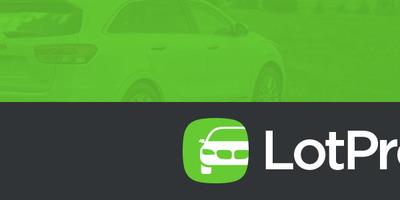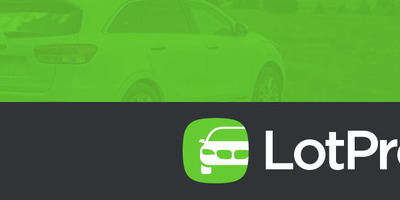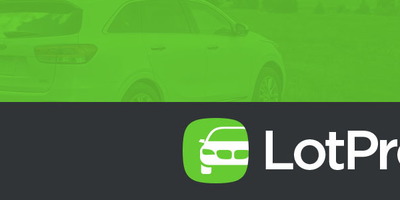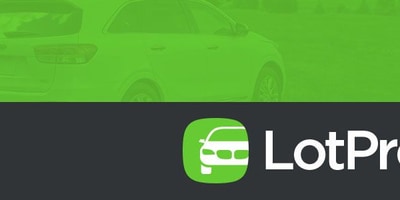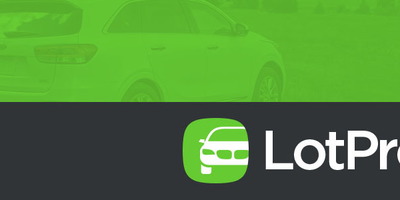It was 150 years ago – on 20 November 1858 - that Emile Peugeot first registered the use of a Lion as the brands emblem.

A Little Diversion
Here at LotPro.com, Fridays are generally a day of reflection. With all the news – most of it bad – coming out of Detroit and Washington, it’s also a time for a little diversion. So when this story crossed the desk, we thought “why not?”
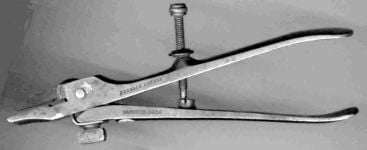
Peugeot Saw Set
A Short History of Peugeot
Unlike many American manufacturers, Peugeot did not start by immediately building automobiles. In fact, the founding family can trace its manufacturing roots back to the 1700’s. Manufacturing everything from the hoops found in crinoline dresses to umbrella frames, Peugeot Frères (Peugeot Brothers) found itself, in 1858, producing saws and laminated edge tools.
It was at this time that Jules and Emile Peugeot, founders of this iteration of the company, asked Julien Blazer, a goldsmith and engraver, to produce a logo that might identify all Peugeot products. Julien came up with the Lion emblem, for the three things the saws were – and still are famous for:
• Strong teeth like those of the lion.
• Suppleness of the blade like the lion’s spine.
• Swiftness of cut like the swiftness of a bounding lion.
Once the Lion became the sole trademark of Peugeot, it found its way from tools and saw blades to coffee grinders in 1881 (the company had been producing them since 1840), bicycles in 1882 and, in 1898, on motorcycles.
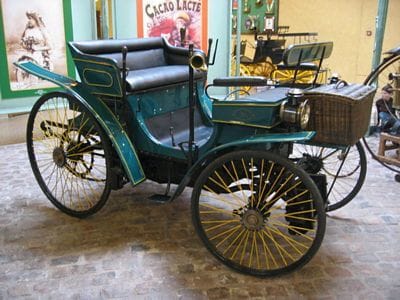
1891 Peugeot Type 3
The move to automobiles
Another Peugeot, Armand, was also building bicycles as well as dabbling in steam-powered cars by building 4 prototypes in 1889. Shortly thereafter, he met with Gottlieb Daimler and abandoned steam propulsion in favor of the internal combustion engine. Although his first production car (the type 3) dates from 1891, it wasn’t until 1906 that Peugeot cars were first decorated with the “Lion walking on an arrow” emblem.
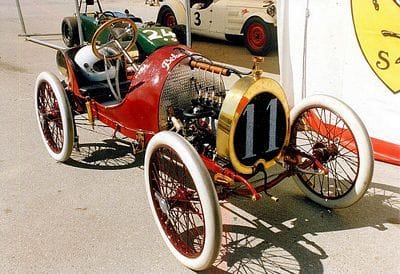
1912 Bugatti Peugeot BeBe
For those of you car buffs and Francophiles out there, this means that the Lion emblem has, in Peugeot’s words, “accompanied one of the first three car manufacturers in the world from its very beginnings.” The last car from this period to display the Lion, it must be noted, was the BéBé Lion – designed by Ettore Bugatti and presented at the Paris Motor Show in October of 1912.

1935 Peugeot 301
The rest, as they say, is history
While simple lettering replaced the Lion on vehicles during the 1920’s, true “Peugeotistes” (yes, there really was such a following) replaced their plain radiator caps with, you guessed it, one that featured a Lion. Obviously realizing the marketing potential, the company, once again, began featuring the Lion beginning with the October, 1933 launch of the 201, 301 and 601 range of vehicles.
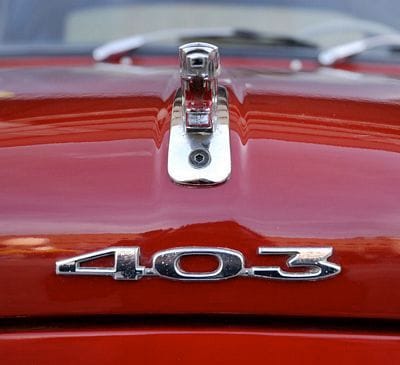
The Lion makes its mark
After a succession of Peugeot Lions that involved some experimentation (one that appeared on the 1955 403 was later deemed too dangerous in the event of a collision and was removed in 1958, Pininfarina’s signature graced the logo on the 1960 404), the 406, launched in 1995, stood out with its large Lion emblem which soon appeared across the entire generation of “6” models.
This led, in 1998, to the Lion of today with, according to Peugeot, “its stylized, angular appearance that decorates the front and rear of PEUGEOT cars and scooters. In 2000 the Adventure Peugeot association, evoking its mission to protect the company’s heritage, placed the Lion in a coat of arms bordered by a yellow frame and filled with blue, which in bygone years identified the company.”
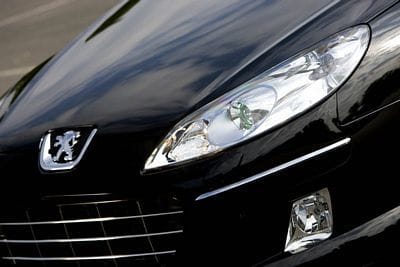
Peugeot 407



